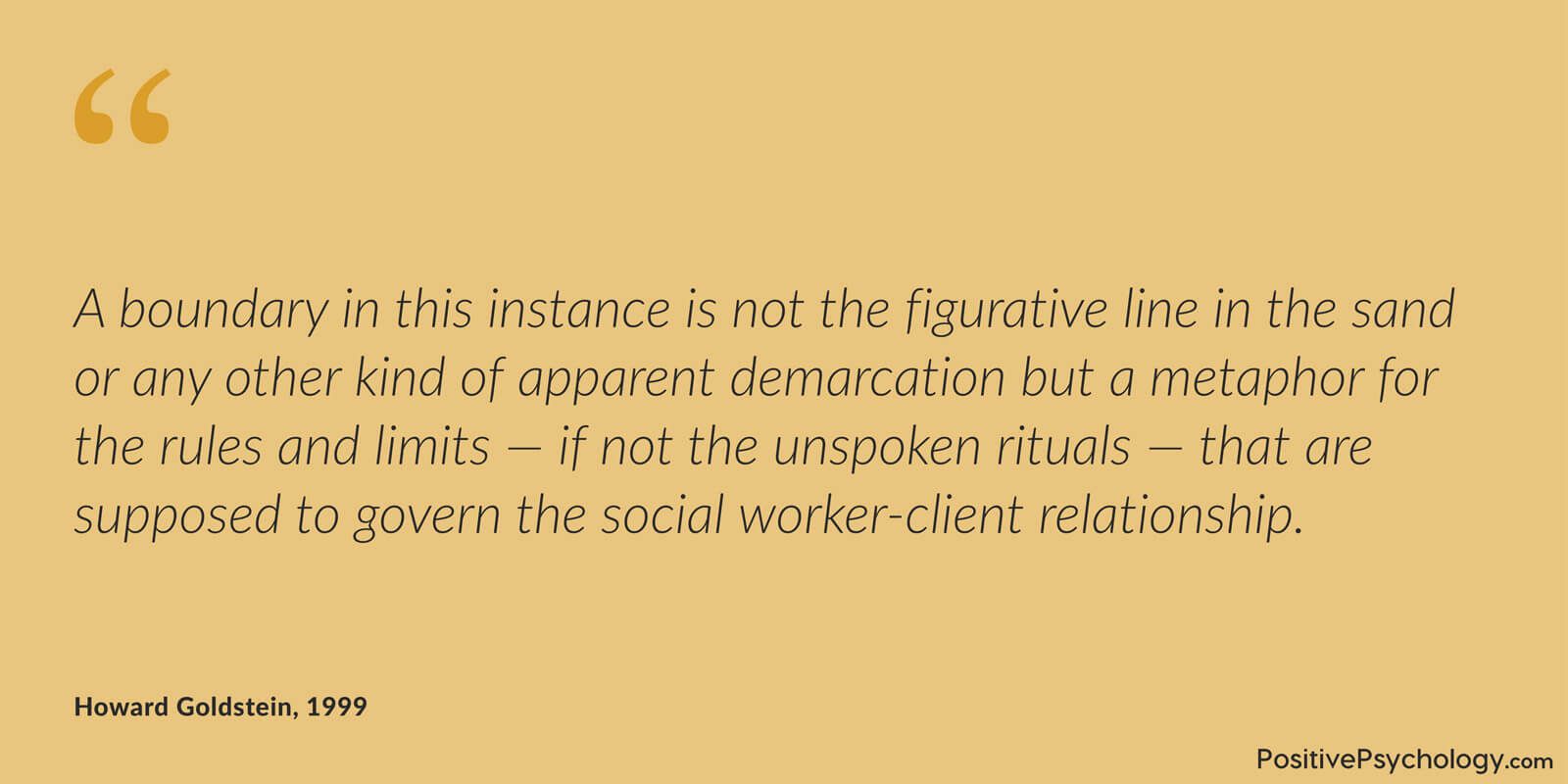What Is Soft Control?
Soft control refers to non-aggressive, subtle behaviors used to manipulate or limit another person’s freedom without resorting to direct coercion. Unlike traditional control tactics (like shouting, threats, or ultimatums), soft control relies on:
- Guilt
- Passive-aggressiveness
- Emotional over-dependence
- Love-bombing followed by withdrawal
- “Helpful” suggestions that actually reduce autonomy
- Constant emotional monitoring
Dr. Robin Stern, author of The Gaslight Effect (2007), identifies many of these behaviors as precursors to emotional manipulation. Soft control works by quietly shifting the emotional balance in a relationship—until one person has subtly lost their sense of agency.
Why Is Soft Control Increasing?
Some of the reasons could be:
- The Rise of Therapy Language: In an age of emotional awareness, terms like “boundaries,” “attachment style,” or “trauma response” are part of everyday conversation. While this shift is largely positive, it can also be co-opted. For example:
“I just need to protect my energy” — used to shut down accountability. “You’re triggering my anxiety” — weaponized to avoid difficult discussions.
This is sometimes called therapy-speak manipulation, where emotional terms become shields for soft control.
- Social Media & Emotional Performance: Platforms like Instagram and TikTok reward displays of vulnerability, making some individuals perform emotional distress as a way to gain validation or manipulate others. Vulnerability becomes currency—and soft control thrives on it.
- Avoidant Communication Styles: With conflict avoidance on the rise (particularly among younger adults), direct control tactics have fallen out of favor. But the desire to influence or control hasn’t vanished—it’s simply become more covert.
- Fear of Being Alone: Post-pandemic, loneliness has surged. The result? Some individuals cling tightly to those around them—smothering them emotionally, all under the guise of closeness.
Psychological Mechanisms Behind Soft Control
Soft control exploits basic psychological needs:
- Need for approval: Guilt and passive disapproval trigger shame and compliance.
- Fear of abandonment: Soft controllers often activate abandonment fears to keep others close.
- Cognitive dissonance: Victims begin to question their own feelings because the controlling behavior is wrapped in affection.
Psychologist Dr. Harriet Lerner, in The Dance of Intimacy (1990), emphasizes how the “illusion of care” can mask control. “Being nice is not the same as being respectful of someone’s autonomy,” she writes.

How to Identify It in Your Life
Ask yourself:
- Do I often feel guilty for doing things independently?
- Do I feel “bad” or “wrong” when setting boundaries?
- Do I change my behavior to avoid disappointing someone who says they just want the best for me?
- Does this person get upset when I don’t follow their advice or meet their emotional needs?
If the answer is yes to several of these, you might be experiencing soft control.
Important Distinction: Soft control is not always abuse. But it is a red flag for emotional imbalance that can lead to long-term harm if left unaddressed.

Breaking the Cycle
Some of the ways to break the cycle are:
- Build Emotional Language: Use “I” statements to express feelings and needs clearly. For example: “I feel uncomfortable when I’m made to feel guilty for choosing alone time.”
- Reinforce Boundaries: Be consistent and compassionate but firm. You are allowed to say no without justifying it endlessly.
- Check Your Own Patterns: Everyone can engage in soft control unintentionally. Ask: “Am I respecting others’ choices, even when they don’t align with mine?”
- Avoid JADE-ing (Justify, Argue, Defend, Explain): You don’t owe people explanations for your boundaries. Over-explaining invites negotiation.
- Therapeutic Support: A counselor or coach can help identify subtle manipulations and build tools to deal with them.

Creating Emotionally Respectful Relationships
The antidote to soft control isn’t coldness—it’s clarity. Relationships thrive when emotional intimacy and individual freedom go hand in hand.
Here are traits of a healthy emotional dynamic:
- Encouragement of independence
- Emotional validation without guilt
- Respect for disagreement
- Listening without fixing
Dr. Brene Brown argues in Daring Greatly (2012) that true connection comes from vulnerability without expectation. “Vulnerability is not winning or losing; it’s having the courage to show up.”
Conclusion
Soft control is seductive because it masquerades as love, support, or care. It whispers instead of yells. It smiles while it limits. But over time, it chips away at autonomy, self-trust, and joy.
To protect your emotional freedom, start by noticing how you feel after interactions. If love feels like a gentle cage, it may be time to open the door.
Healthy relationships aren’t defined by how close you are, but by how free you feel to be yourself within that closeness. Awareness is the first step out of control—soft or otherwise.
References
Stern, R. (2007). The Gaslight Effect. Morgan Road Books.
Brown, B. (2012). Daring Greatly. Gotham Books.
Lerner, H. (1990). The Dance of Intimacy. Harper Perennial.
Beck, A. T. (1988). Love Is Never Enough. Harper.
Illouz, E. (2007). Cold Intimacies: The Making of Emotional Capitalism. Polity.
Subscribe to PsychUniverse
Get the latest updates and insights.
Join 3,005 other subscribers!
Niwlikar, B. A. (2025, July 26). Why is Soft Control Rising and 5 Ways We Can Break Its Cycle. PsychUniverse. https://psychuniverse.com/soft-control/



